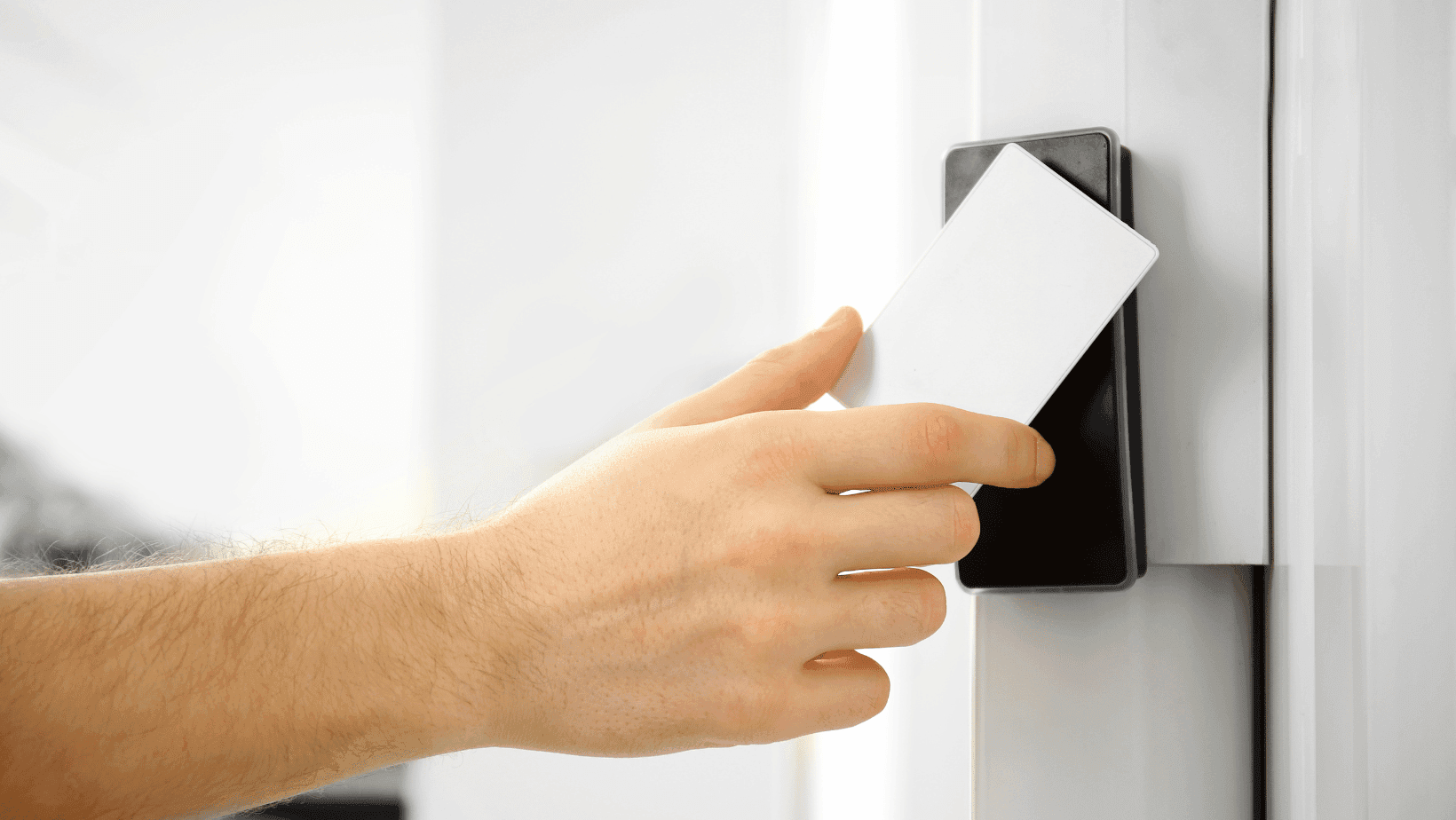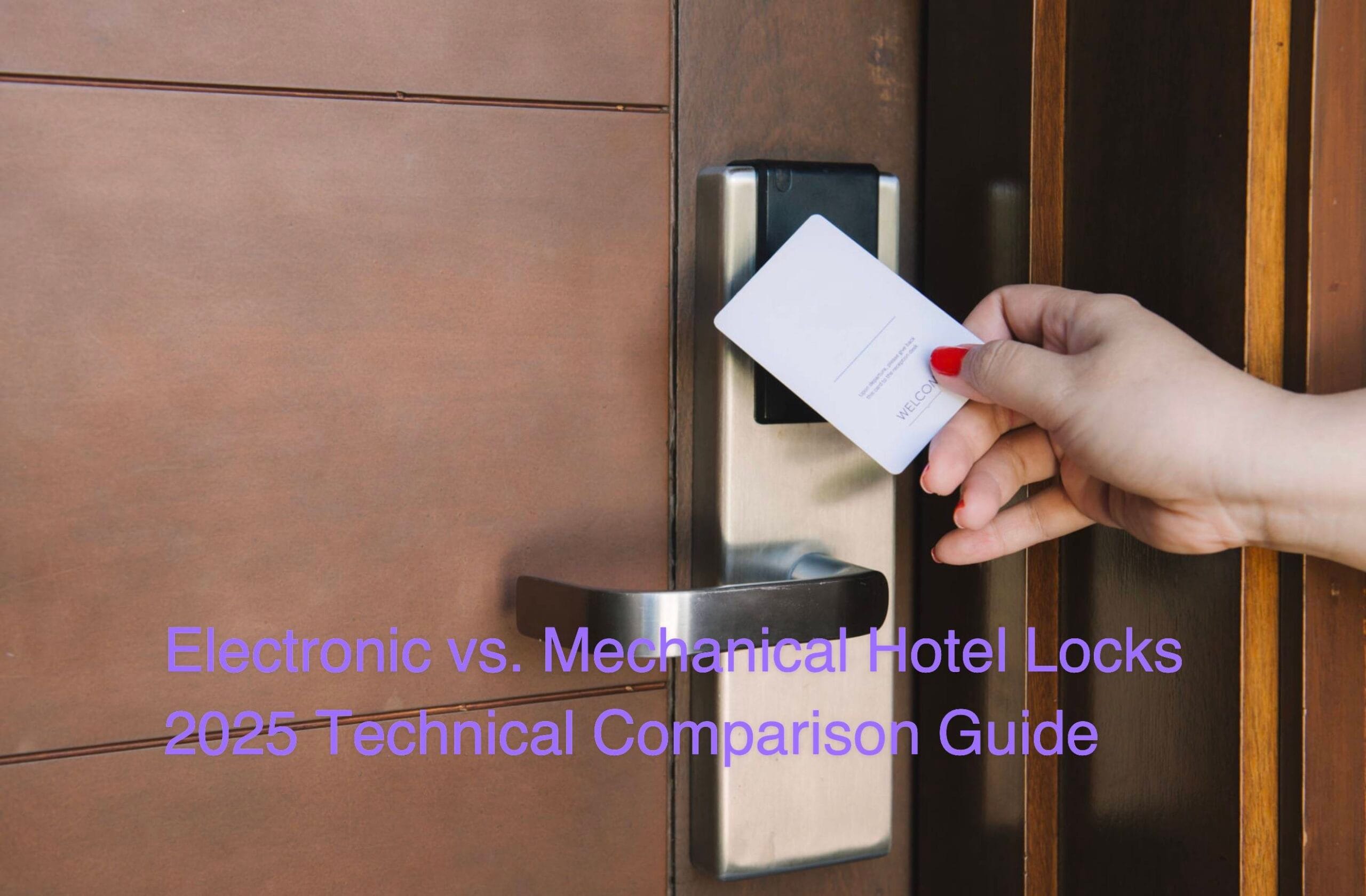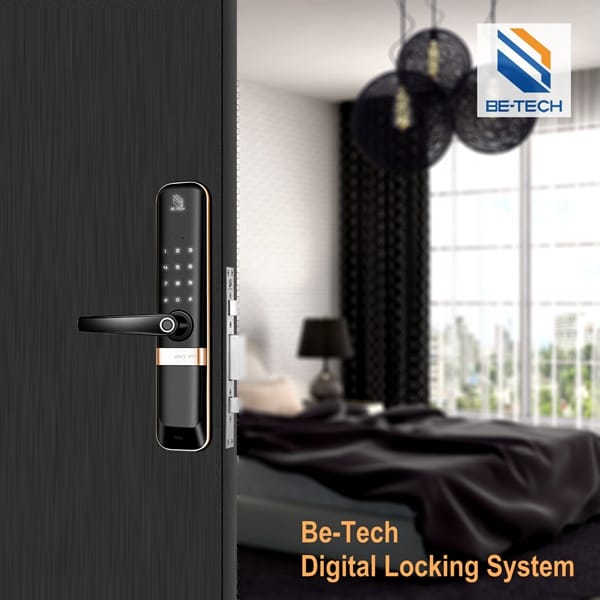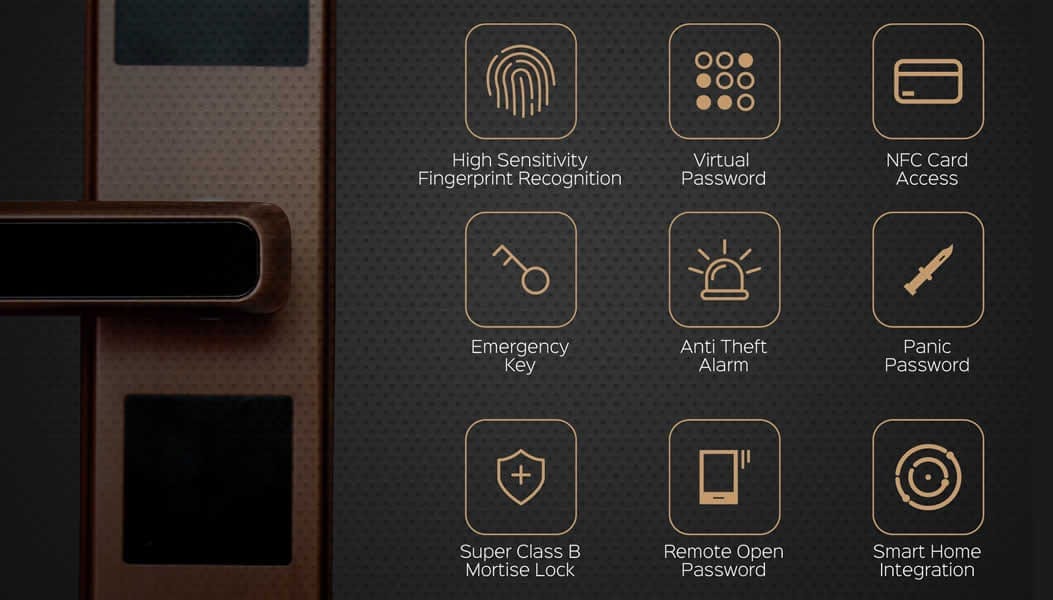Dealing with a stubborn front door that refuses to cooperate can be a frustrating experience for any homeowner. Whether it’s a door that won’t open from the inside or outside, or one that simply won’t latch properly, these issues can disrupt your daily routine and compromise the security of your home. However, with the right knowledge and approach, many of these problems can be resolved without the need for professional assistance.
In this comprehensive guide, we’ll explore the most common causes of residential door malfunctions and provide practical solutions to help you regain control over your unruly entryway. By understanding the underlying issues and following these step-by-step instructions, you’ll be equipped to tackle even the most stubborn door problems with confidence.
Understanding the Root Causes of Door Malfunctions
Before we dive into the troubleshooting process, it’s essential to understand the various factors that can contribute to door malfunctions. These issues can stem from a variety of sources, including:
- Improper Installation: One of the most common culprits behind door malfunctions is incorrect installation. If the door frame, hinges, or locking mechanisms are not properly aligned or secured, it can lead to a host of problems, such as doors that won’t open or close smoothly, or locks that fail to engage properly.
- Wear and Tear: Over time, the constant use and exposure to the elements can take a toll on your door’s components. Hinges can become loose, weatherstripping can deteriorate, and locks can become worn or corroded, leading to malfunctions.
- Environmental Factors: Changes in temperature and humidity can cause doors to swell or contract, making it difficult to open or close them properly. Additionally, moisture can lead to wood rot or rust, further exacerbating the problem.
- Misalignment: Even if your door was initially installed correctly, shifts in the foundation or settling of the structure can cause the door frame to become misaligned, resulting in issues with the door’s operation.
- Faulty Hardware: In some cases, the problem may lie with the door hardware itself, such as a broken or malfunctioning lock, handle, or latch.
By understanding these potential causes, you’ll be better equipped to identify the root of the issue and take the appropriate steps to resolve it.
Troubleshooting Step-by-Step: Regaining Control Over Your Door
Now that we’ve covered the potential causes of door malfunctions, let’s dive into the troubleshooting process. Follow these steps to diagnose and address the most common issues:
Step 1: Inspect the Door Frame and Hinges
Start by carefully examining the door frame and hinges for any signs of damage, misalignment, or looseness. Check for gaps between the door and the frame, as well as any visible cracks or rot in the wood. If you notice any issues, you may need to adjust the hinges, shim the frame, or even replace damaged components.
Step 2: Check the Locking Mechanism
Next, turn your attention to the locking mechanism. Ensure that the lock is properly aligned with the strike plate and that there are no obstructions preventing it from engaging fully. If the lock seems to be the culprit, try lubricating it with a dry lubricant or graphite powder. If the issue persists, you may need to replace the lock or adjust the strike plate.
Step 3: Assess the Door Hardware
Inspect the door hardware, including the handle, knob, and latch, for any signs of wear, damage, or misalignment. If the hardware is loose or broken, it may need to be tightened or replaced. Additionally, ensure that the latch is properly engaging with the strike plate and that there are no obstructions preventing it from doing so.
Step 4: Address Environmental Factors
If your door seems to be swelling or contracting due to changes in temperature or humidity, there are a few steps you can take. First, try adjusting the humidity levels in your home to maintain a consistent environment. You can also consider installing weatherstripping or door sweeps to create a better seal and prevent moisture from seeping in.
Step 5: Lubricate Moving Parts
Lubricating the moving parts of your door can often resolve many issues. Use a silicone-based lubricant or graphite powder to lubricate the hinges, locks, and any other moving components. This can help reduce friction and ensure smooth operation.
Step 6: Seek Professional Assistance (if needed)
If you’ve tried all of the above steps and your door is still giving you trouble, it may be time to seek professional assistance. A qualified locksmith or door repair specialist can provide expert guidance and potentially identify more complex issues that require specialized tools or techniques.
Enhancing Your Door’s Performance and Longevity
While troubleshooting is essential for addressing immediate issues, it’s also important to take proactive measures to enhance your door’s performance and longevity. Here are some tips to keep in mind:
- Regular Maintenance: Establish a routine for inspecting and maintaining your door. This includes tightening hinges, lubricating moving parts, and checking for any signs of wear or damage.
- Weatherproofing: Invest in high-quality weatherstripping and door sweeps to create a tight seal and prevent moisture, drafts, and pests from entering your home.
- Upgrade to High-Quality Hardware: Consider upgrading to high-quality door hardware, such as smart hotel locks or electronic cabinet locks, which are designed for durability and ease of use.
- Proper Installation: If you’re replacing your door or installing a new one, ensure that it is done correctly by a professional. Proper installation is crucial for ensuring smooth operation and preventing future issues.
By following these guidelines and addressing any issues promptly, you can extend the lifespan of your door and enjoy a seamless, hassle-free experience for years to come.
Expert Insights: Addressing Common Door Malfunction Scenarios
To provide you with a more comprehensive understanding of door malfunctions, we’ve consulted with industry experts and compiled their insights on some of the most common scenarios:
Scenario 1: The Door Won’t Open from the Inside
“If your door won’t open from the inside, the first thing to check is whether there’s a secondary locking mechanism engaged, such as a deadbolt or a security chain,” advises John Smith, a seasoned locksmith with over 20 years of experience. “If that’s not the case, the issue could be with the latch or the strike plate. Try lubricating the latch and adjusting the strike plate to see if that resolves the problem.”
Scenario 2: The Door Won’t Open from the Outside
According to Sarah Johnson, a door installation expert, “When a door won’t open from the outside, it’s often due to a misaligned lock or a faulty latch mechanism. Start by checking the alignment of the lock and strike plate, and then move on to inspecting the latch for any obstructions or damage. If the issue persists, you may need to replace the latch or adjust the door frame.”
Scenario 3: The Door Won’t Latch Properly
“If your door won’t latch properly, it could be due to a variety of factors, such as a misaligned strike plate, a worn-out latch, or even a warped door frame,” explains Michael Brown, a home improvement specialist. “Try adjusting the strike plate first, and if that doesn’t work, consider replacing the latch or seeking professional assistance to address any underlying issues with the door frame.”
Scenario 4: The Door is Sticking or Rubbing
“When a door is sticking or rubbing against the frame, it’s often a sign of swelling or warping due to changes in temperature or humidity,” says Emily Davis, a home renovation expert. “In this case, you may need to plane or sand down the door to create clearance, or consider installing weatherstripping to create a better seal and prevent further swelling.”
By leveraging the expertise of these professionals, you’ll gain valuable insights and practical solutions to address even the most challenging door malfunction scenarios.
Embracing Innovative Solutions: The Future of Residential Door Security
As technology continues to evolve, the world of residential door security is also advancing, offering homeowners innovative solutions to enhance their safety and convenience. One such solution is the integration of smart locks and access control systems, which provide a seamless and secure way to manage entry to your home.
In 2025, the focus has shifted towards enhanced biometric security and seamless smart home integration. Fingerprint door locks are now equipped with advanced liveness detection to prevent spoofing, and many systems offer multi-factor authentication options, combining fingerprint access with smartphone verification for unparalleled security. Voice command integration is also becoming increasingly popular, allowing homeowners to control access using voice assistants like Amazon Alexa and Google Assistant.
Companies like Be-Tech Locks are at the forefront of this revolution, offering cutting-edge products like fingerprint door locks and RFID-enabled access control systems. These advanced solutions not only provide enhanced security but also offer convenience and peace of mind for homeowners.
Advanced Security Features in 2025
- AI-Powered Threat Detection: Smart locks now incorporate AI algorithms that analyze access patterns and detect anomalies, alerting homeowners to potential security breaches.
- Real-Time Video Monitoring: Integrated video doorbells provide live footage of who is at your door, allowing you to visually verify visitors before granting access remotely.
- Blockchain-Based Encryption: Some high-end smart locks utilize blockchain technology to encrypt access credentials, making them virtually impervious to hacking.
By embracing these innovative technologies, you can future-proof your home’s security and enjoy the benefits of seamless access control, remote monitoring, and advanced encryption protocols. As the world continues to evolve, staying ahead of the curve and embracing cutting-edge solutions can help ensure that your home remains a safe and secure haven for years to come. For businesses seeking to upgrade their security infrastructure, Be-Tech offers a range of solutions, including electronic cabinet locks perfect for securing sensitive documents and equipment.
Conclusion: Securing Your Entryways with Advanced Digital Solutions
Dealing with door malfunctions can be a frustrating and daunting task, but with the right knowledge and approach, many of these issues can be resolved without the need for professional assistance. By understanding the root causes, following the step-by-step troubleshooting process, and embracing preventive maintenance practices, you can regain control over your unruly entryway and ensure a smooth, hassle-free experience.
Moreover, by staying informed about the latest advancements in residential door security, such as smart locks and access control systems, you can future-proof your home and enjoy the benefits of enhanced safety, convenience, and peace of mind. Be-Tech’s digital locks offer a blend of security and convenience, ensuring that your property is safeguarded with the latest technology.
Remember, a well-functioning door is not only a matter of convenience but also a crucial aspect of home security. By taking proactive measures and addressing issues promptly, you can protect your home and loved ones while ensuring a seamless daily routine.
Consider upgrading to Be-Tech’s advanced digital door locks for enhanced security and convenience. Embrace the knowledge and solutions provided in this comprehensive guide, and empower yourself to tackle even the most stubborn door malfunctions with confidence. Your front door is the gateway to your home, and with the right approach, you can ensure that it remains a reliable and secure barrier for years to come. For businesses looking to enhance their security, explore Be-Tech’s range of electronic deadbolt lock solutions.









